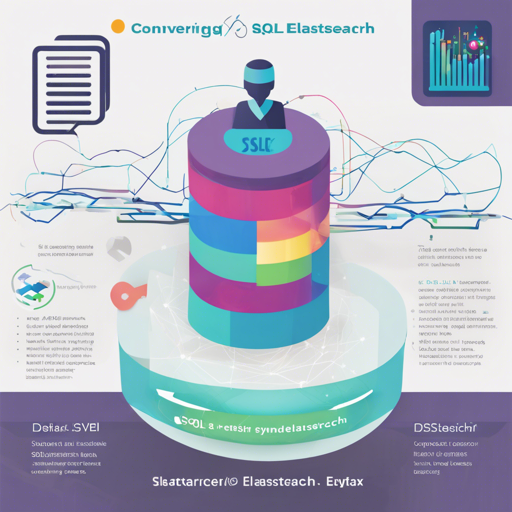Welcome to your guide on using ElasticSQL, a powerful tool that seamlessly transforms SQL queries into Elasticsearch DSL. Whether you are a SQL novice or an Elasticsearch expert, this step-by-step tutorial will walk you through the usage and features of ElasticSQL, complete with troubleshooting tips!
Overview of ElasticSQL
ElasticSQL is designed for converting SQL to Elasticsearch DSL, allowing you to harness the powerful querying capabilities of Elasticsearch using familiar SQL syntax. Some of the currently supported features include:
- SQL and expression support
- Equal and not equal conditionals
- Comparative operations (greater than, less than)
- SQL “IN” and “NOT IN” expressions
- Boolean expressions with parentheses
- Order by and limit clauses
- Field existence checks
- Aggregation functions (like min, max, avg)
Getting Started with ElasticSQL
To begin using ElasticSQL, you’ll need to install it. Here’s how you can do it:
go get -u github.com/cch123/elasticsqlExample Usage
Let’s put ElasticSQL to the test with a practical example! Below is a simple SQL query which retrieves data based on specific filters and ordering:
package main
import (
"fmt"
"github.com/cch123/elasticsql"
)
var sql = "select * from aaa where a=1 and x='' and create_time between '2015-01-01T00:00:00+0800' and '2016-01-01T00:00:00+0800' and process_id > 1 order by id desc limit 100,10"
func main() {
dsl, esType, _ := elasticsql.Convert(sql)
fmt.Println(dsl)
fmt.Println(esType)
}The above code will produce an output that can be interpreted as a JSON structure, which Elasticsearch can understand. Think of it as a translator who converts a sentence from English (SQL) to Spanish (Elasticsearch DSL) accurately.
Output Explained
When your SQL query is executed, it generates a corresponding Elasticsearch query structured like this:
{
"query": {
"bool": {
"must": [
{
"match": {
"a": {
"query": 1,
"type": "phrase"
}
}
},
{
"match": {
"x": {
"query": "",
"type": "phrase"
}
}
},
{
"range": {
"create_time": {
"from": "2015-01-01T00:00:00+0800",
"to": "2016-01-01T00:00:00+0800"
}
}
},
{
"range": {
"process_id": {
"gt": 1
}
}
}
],
"from": 100,
"size": 10,
"sort": [
{
"id": "desc"
}
]
}
}
}Just as a chef follows a recipe to create a dish, the above query outlines the specific ingredients (data) and instructions (filters) needed to fetch the desired results from your database.
Troubleshooting Tips
While using ElasticSQL, you may encounter some issues or have questions. Here are some troubleshooting ideas to guide you:
- If your SQL contains reserved keywords like “order” or “timestamp,” ensure you escape these fields properly to avoid syntax errors.
- Understanding the distinction between a term query and a match phrase query in Elasticsearch is critical. Refer to the community or documentation if you feel unsure.
- Make sure the types for your fields—whether analyzed or not—are appropriately set as this can affect your results.
For more insights, updates, or to collaborate on AI development projects, stay connected with fxis.ai.
Additional Information
For more detailed information about conversion and the available features, feel free to refer to the wiki.
Conclusion
With ElasticSQL, bridging SQL and Elasticsearch becomes a meticulous yet rewarding endeavor. Understanding how to write effective SQL queries will empower you to leverage Elasticsearch’s capabilities even further. At fxis.ai, we believe that such advancements are crucial for the future of AI, as they enable more comprehensive and effective solutions. Our team is continually exploring new methodologies to push the envelope in artificial intelligence, ensuring that our clients benefit from the latest technological innovations.

